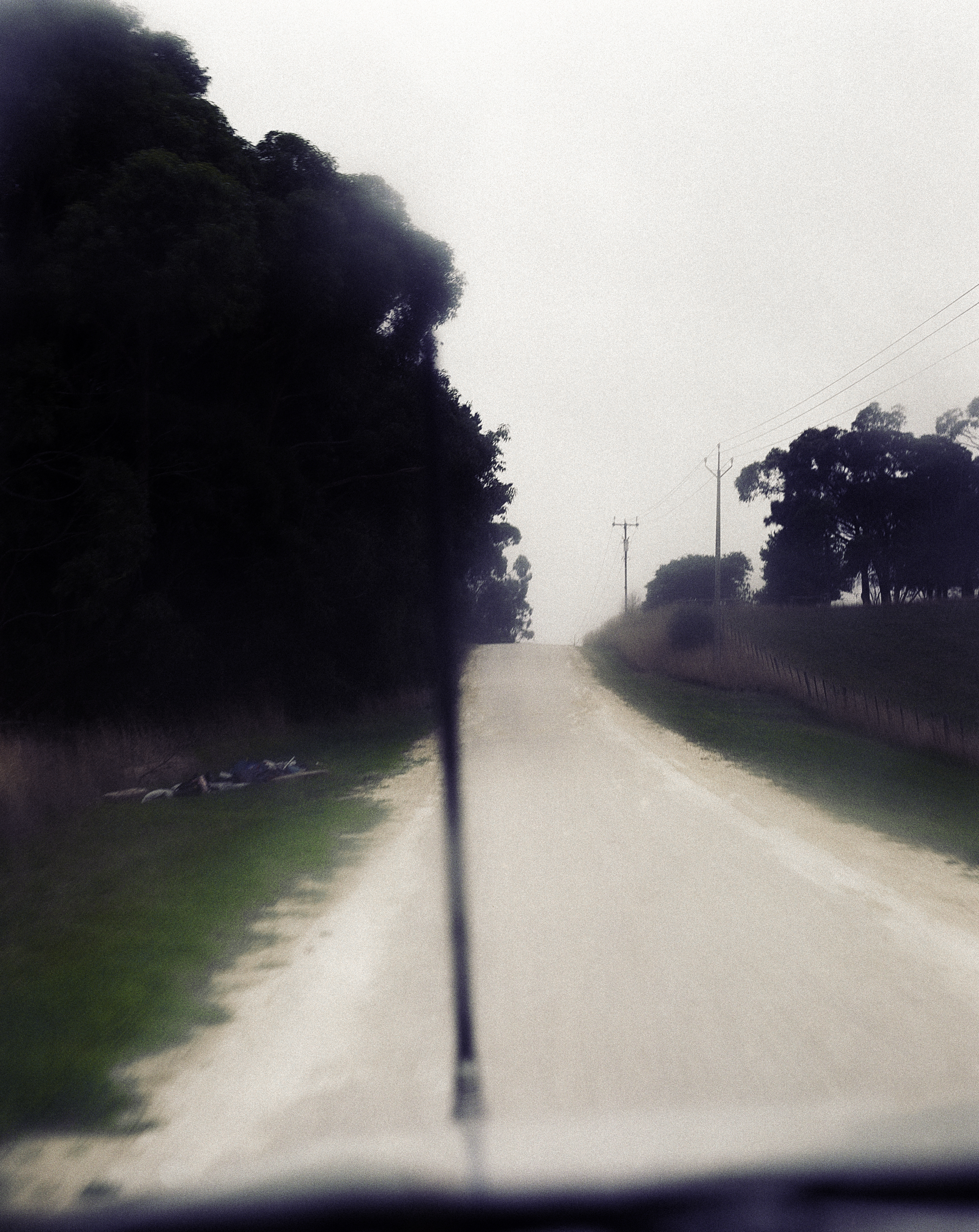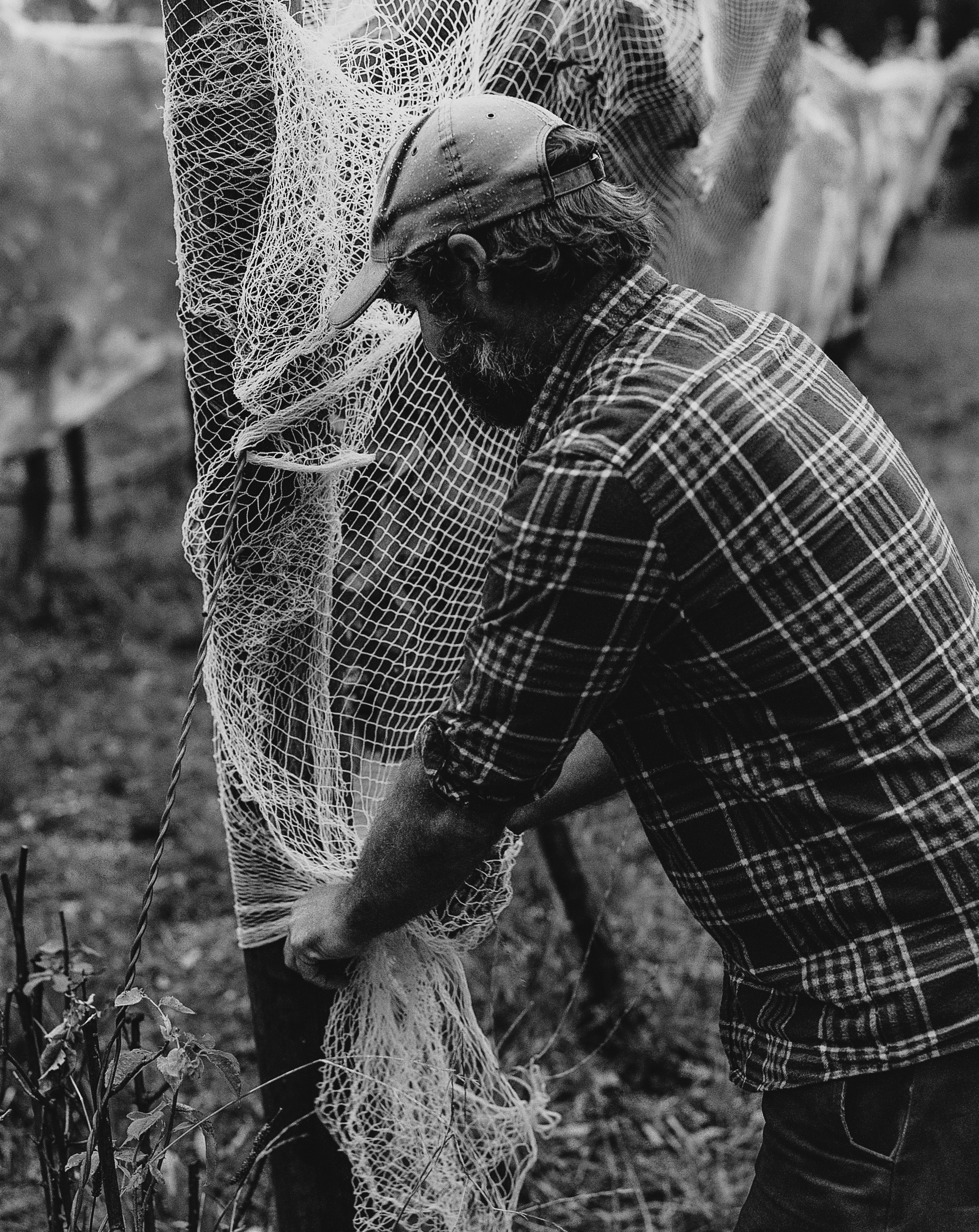






















LIMUS WINE
︎︎︎
You either come across the town of Mount Gambier via two avenues; Tourism Australia adverts in your inflight magazine, showcasing the uniquely ever blue sinkholes, or your red faced, stained teethed uncle obnoxiously explaining where his favourite Coonawarra winery get some of their grapes from. Luckily for me I didn’t have uncles growing up, so I never had to deal with that. The first time I heard of the town was at my part time job whilst at university, consistently selling bottles of Cab Sauv at the drive through bottle-o. It’s well-documented how hot and humid the climate of Southeast Queensland is, so it didn’t make a lot of sense, but such is Australia’s proud love affair with big, bold red wine.
Fast forward ten years and I still find a part of my life involved with selling wine, working in a wine bar in Melbourne’s inner north. Rather now, the wine on offer celebrates people not just making wine, but most and if not more importantly, farming the vineyards where the wine comes from. This may sound like a prosaic truth but in the billion-dollar industry of wine, you would be shocked to find how few of your favourite labels are made by someone who considers themselves a grower before they do a winemaker. One leading the charge on this is Dr Kyatt Dixon, with the help of his partner Anna Moore.



The couple are producing very interesting expressions of Mt Gambier wine under the label LIMUS. The name, meaning seaweed in Bislama, is a nod to Kyatt’s time spent in Vanuatu studying the topic, acquiring a PhD along the way. Perhaps it was here where he discovered his passion for nature and how to try and understand it, rather than control it. Something any great winemaker strives for. The unfortunate fact, however, is there are few winemakers who walk this path.
As we know, nature can be a brutal mistress, which is why most in the wine industry use a heavy hand to ensure her influence is minimized, and targeted yields are met. Pesticides are common practice, spraying sulphur to control powdery mildew and mites is a must, and dry farming as opposed to irrigation would be considered sacrilege. This modern idea of a winemaker doesn’t stop in the vineyard, the desire for control continues in the cellar. Tannins are added in the way of oak chip filled tea bags, acidifiers and calcium carbonate are used to adjust pH, and acetaldehyde and dimethyl decarbonate ensure the wine is stable. People are starting to realise however, the final product in fact tastes unsurprisingly like the one made next door.

So how does one create expressive and nuanced wine without such a sense of control? Visit Limus and you will gain a better understanding. Their production process is in fact made rather straight forward as it heavily revolves around the farming, and their farming is so good that they need not interfere with the cellar process much at all. The grapes are picked upon taste, rather than baumé (a measurement of the dissolved solids in grape juice that indicates the grapes' sugar level and ripeness and therefore the potential alcohol in the wine), fermentation is closely monitored and regularly tasted, and previous vintages inform what kind of ageing each cuvee needs. However, as Kyatt explains, making wine in such a manner comes not without its challenges.




“Given our farming heavy approach to winemaking, the biggest challenge we face each year is being exposed to the unpredictability of inclement weather events and their influence on the vines. Every season we must navigate different threats be it late frost, hail, humidity, unseasonably hot and dry or cold and wet conditions, and the potential for smoke damage. All of these can have devastating effects on grape yields and quality, thus massively influencing the sustainability of our business.”
Which is why the thirst for understanding nature and her agenda is paramount for Kyatt and Anna. Learning the nuance of each site and helping the vines to produce the best fruit possible ensures the steps taken in the cellar are relatively straight forward. There are no acidifiers, no oak chips, and certainly no stabilizers. The resulting product is a complete expression of where the wine was grown, something lacking in mass scale wineries.




As mentioned before, there are caveats to the process of producing wines in this manner. One other than coping with natures unpredictability, is operating under financial vulnerability, which is where the idea of community support is championed. “To ensure that we continue to keep our heads above water financially in the case of a disastrous growing year (of which we have had a couple already), we buy a small amount of certified biodynamic fruit from a vineyard close by. Our own vineyards are also spread across the Mount Gambier wine region, reducing the risk of losing all fruit to small scale catastrophic events like serious hail.”




Operating a small-scale winery under such risk and pressure, I find it interesting this isn’t the most daunting thing on Kyatt’s mind, however. “I think the most challenging moment for me personally (and something that continues to be very difficult) was releasing wine for the first time, taking a product that has had so much care and thought put into it, and basically laying it on the table in front people vastly more experienced than myself and basically asking “what do you think?”. Each of the wines has its own identity and character which works for some mouths better than others and hearing good honest but unsoftened criticism can really ruin your day.”

The opportunities available to travel and learn from other like-minded individuals is something that gives Kyatt the energy to graft another difficult year ahead. It’s something he and Anna hope to continue in years to come, building on their existing knowledge of how wine, growing, and consuming is delicately intertwined.
“A hugely influential moment in my early development as a wine maker, or grower, came visiting a couple of good friends in central Italy for their harvest period. What I experienced up there with Trish Nielsen (Gazetta) and Jacopo Bautista (Ajola) was a thoroughly intertwined relationship between food and wine production, with the daily visits to the veggie patch to gather potatoes, or tomatoes for pasta, or bountiful herbs, or figs for a tart, these being as integral to the process as picking the grapes themselves.”
Which to me is a beautiful sentiment, and a progressive approach to agriculture. Being at the mercy of mother nature, to remove one’s ego and understand this trade-off we make with our existence is to live a humble life, something we should all strive for. “This confluent approach that Trish & Jacopo showed me, making and consuming both food and wine in a rustic and wholesome manner, is something that we try to live by.”
